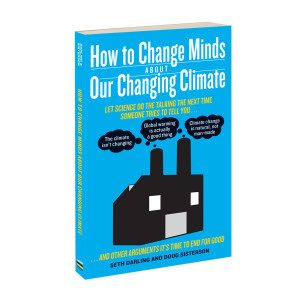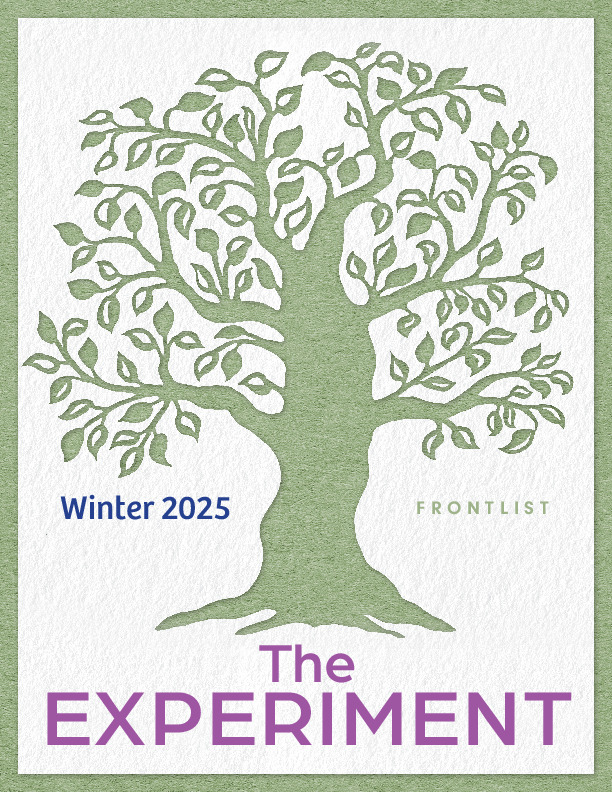You cannot look anywhere today without somehow bumping into coverage of climate change. It’s everywhere!
The New York Times has a new team dedicated to the coverage of environmental issues. USA Today has a special section reserved for the topic. Grist puts out new articles every single day about how everyone from insurance companies to food giants are dealing (or not) with the idea. A Time article talks about how poor neighborhoods are the most at risk, referencing a recent Harvard study on the impact of climate change in cities.
With so much to talk about, where do we start? The experts know the facts, but how can we, the public, expect to know enough about climate science to discuss the ideas, especially when skeptics’ misconceptions cloud the climate-change conversation? Two authors have stepped in to help let science do the talking in climate-change debates everywhere!
In order to bring us a different book about climate change, they took on the challenge to write a climate-change handbook “that would dispel climate-skeptic arguments without equations and technical graphs [and] bust skeptic claims using evidence-based arguments in a conversational style appropriate for the dinner table or family gatherings. And rather than just pointing out the problems . . . offer viable energy solutions!” 
Seth B. Darling, a scientist specializing in energy research, and Douglas L. Sisterson, a scientist specializing in observations that support climate change research, are the coauthors of How to Change Minds About Our Changing Climate. This book is the essential climate-debate handbook—everything you need to know about climate science to change minds.
So check out the book, and the next time you read an article written by the experts or want to discuss the important issues with colleagues and friends, you’ll really understand the science. And even better, when faced with a climate-change skeptic, you’ll know how to end the argument.



Pingback: jesse